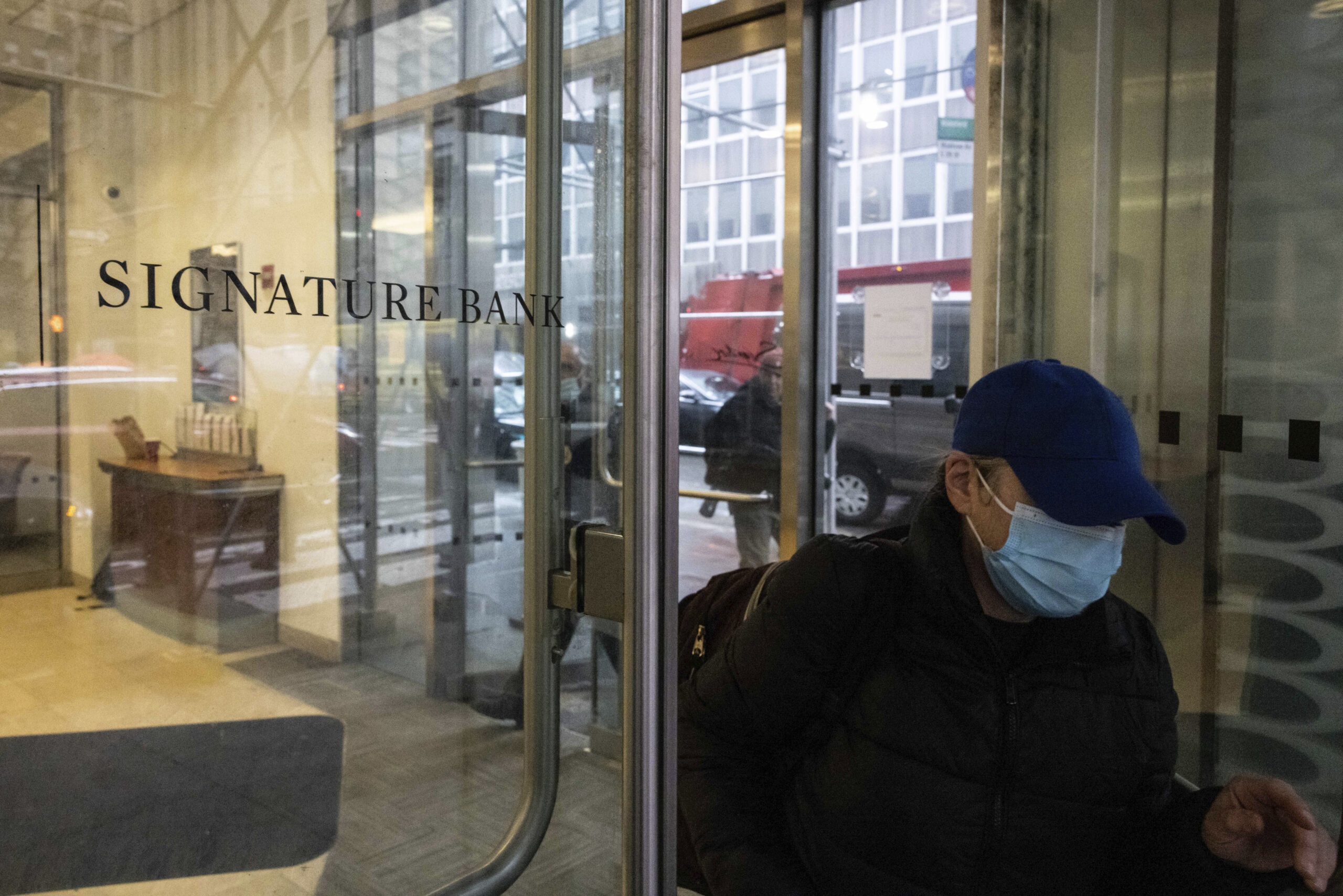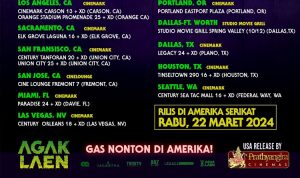According to the Federal Reserve, all 23 U.S. banks included in the annual stress test successfully navigated a severe recession scenario while maintaining lending to both consumers and corporations.
Despite projected losses totaling $541 billion for the group, the banks managed to sustain minimum capital levels and continued providing credit to the economy during the hypothetical recession, as stated in a release by the Federal Reserve.
Initiated in response to the 2008 financial crisis, which involved irresponsible banking practices, the Federal Reserve’s annual stress test determines the amount of capital that banks can distribute to shareholders through buybacks and dividends.
In this year’s examination, the banks underwent a scenario simulating a “severe global recession,” featuring a 10% surge in unemployment, a 40% decline in commercial real estate values, and a 38% drop in housing prices.
Following the collapse of three midsized banks earlier this year, banks are facing increased scrutiny. However, smaller banks are exempt from the Federal Reserve’s test. The test primarily assesses major institutions like JPMorgan Chase and Wells Fargo, international banks with significant U.S. operations, and major regional players such as PNC and Truist.
Consequently, passing the stress test is no longer a definitive signal of an “all clear” status as it has been in previous years. In the coming months, regional banks are anticipated to face heightened regulations due to recent failures, while tighter international standards are expected to raise capital requirements for the nation’s largest banks.
“In today’s release, Michael Barr, the Fed’s Vice Chair for Supervision, affirms that the banking system maintains its strength and resilience,” said Barr. “Nevertheless, we must recognize that the stress test is just one measure of this strength. We should remain humble, acknowledging the potential emergence of risks, and continue our efforts to ensure banks are resilient in the face of various economic scenarios, market shocks, and other stressors.”
According to the Fed, losses on loans accounted for 78% of the projected $541 billion in losses, with the majority of the remaining losses stemming from trading activities at Wall Street firms.
The rate of overall loan losses exhibited considerable variation across different banks, spanning from 1.3% at Charles Schwab to 14.7% at Capital One.
Among the examined loan products, credit cards posed the greatest challenges. The average loss rate for credit cards within the group stood at 17.4%, which was significantly higher than the next highest average loss rate of 8.8% observed for commercial real estate loans.
Goldman Sachs’ card portfolio demonstrated the highest loss rate of nearly 25% among all card lenders during the hypothetical downturn, followed by Capital One with a 22% rate.
The increasing losses in Goldman’s consumer division, primarily due to credit card loan provisioning, prompted CEO David Solomon to shift away from the retail banking strategy pursued in recent years.
Did regional banks face challenges?
During the hypothetical recession, the group experienced a decline in their total capital levels from 12.4% to 10.1%. However, this average figure masks more significant capital reductions observed at banks with higher exposure to commercial real estate and credit card loans, which are key factors impacting their cushion against loan losses.
During the stress test, regional banks such as U.S. Bank, Truist, Citizens, M&T, and Capital One (known for its focus on credit cards) exhibited the lowest stressed capital levels, ranging from 6% to 8%. Although still above the existing standards, these relatively lower levels may become a significant factor if upcoming regulations necessitate higher capital requirements for the industry.
In a research note, Jefferies analyst Ken Usdin highlighted that major banks generally outperformed regional and card-centric firms. Usdin further noted that Capital One, Citigroup, Citizens, and Truist are likely to face the most substantial increases in required capital buffers following the stress test.
After the regular trading session concludes on Friday, banks are anticipated to reveal revised plans for buybacks and dividends. Considering the uncertainties surrounding future regulations and the potential arrival of an actual recession in the coming year, analysts predict that banks will likely adopt a relatively conservative approach to their capital plans.
Source : cnbc.com







